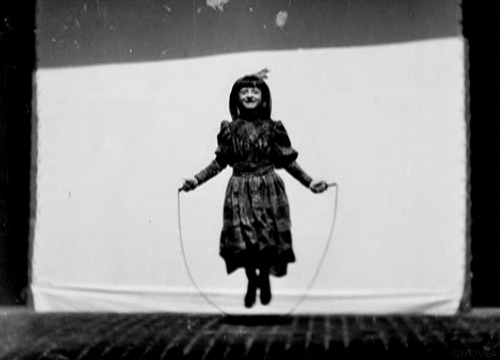Chronophotography 1882-1890 - early film technology
Chronophotography, also known as time-sequence photography, is a type of photography that records a series of images over a period of time to analyze and understand movement. The development of chronophotography was an important milestone in the history of photography and film technology. Between 1882 and 1890, a number of prominent photographers and scientists made significant contributions to the field, including Eadweard Muybridge, Albert Londe, Étienne-Jules Marey, Georges Demeny, and Ottomar Anschutz.
Eadweard Muybridge, an English photographer, is considered one of the pioneers of chronophotography. In 1872, he was commissioned by Leland Stanford, a wealthy businessman, to prove that a horse lifts all four hooves off the ground during a gallop. Muybridge used a series of cameras placed along a racetrack to capture images of the horse in motion, which he later combined into a sequence to demonstrate the horse's movement. This was one of the first recorded uses of chronophotography and helped establish the field as a new area of study.
Albert Londe was a French photographer and physician who was also interested in chronophotography. He used the new technology to study the movements of patients in his medical practice, which helped him better understand their conditions. Londe's work was groundbreaking in the field of medical photography, and his studies helped pave the way for future advancements in the field.
Étienne-Jules Marey was a French scientist and inventor who was one of the most influential figures in the development of chronophotography. He was particularly interested in the movement of birds and animals, and he used chronophotography to study their movements in detail. Marey's innovations in the field helped lay the foundation for modern motion analysis techniques, and his work remains a major influence in the field of sports science and biomechanics.
Georges Demeny was a French engineer and photographer who was a pioneer in the field of chronophotography. He was particularly interested in the study of human movement, and he used chronophotography to study everything from dance to athletic performance. Demeny's innovations in the field helped lay the foundation for modern motion analysis techniques, and his work remains a major influence in the fields of sports science and biomechanics.
Ottomar Anschutz was a German photographer and inventor who was known for his innovations in the field of chronophotography. He was particularly interested in the study of movement in the animal kingdom, and he used chronophotography to study the movements of birds, animals, and humans. Anschutz's work was groundbreaking, and his innovations in the field helped lay the foundation for modern motion analysis techniques.
In conclusion, the period between 1882 and 1890 was an important time in the development of chronophotography. The contributions of Eadweard Muybridge, Albert Londe, Étienne-Jules Marey, Georges Demeny, and Ottomar Anschutz helped lay the foundation for modern motion analysis techniques and paved the way for the development of modern film technology. These pioneers of chronophotography opened up a new world of possibilities for the study of movement, and their work remains a major influence in many fields today.






Comments
Post a Comment